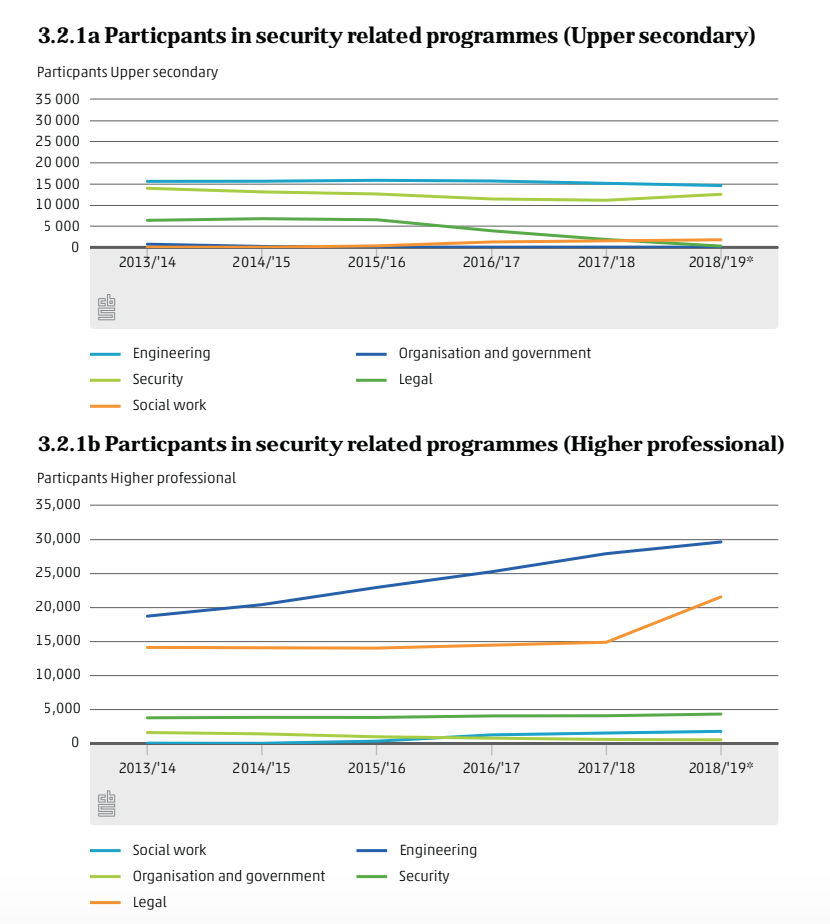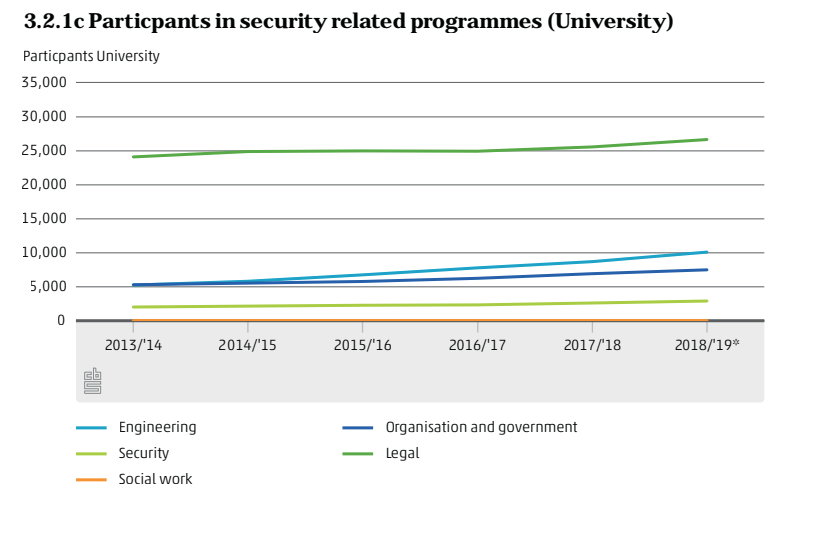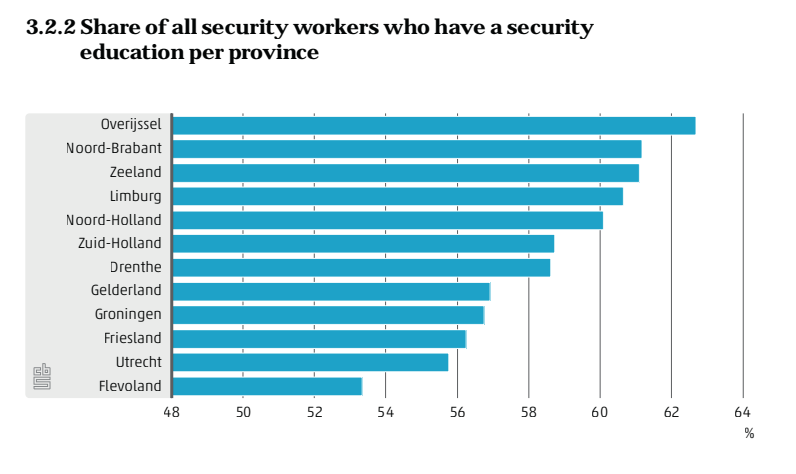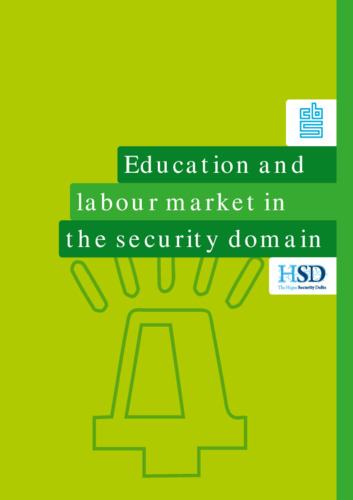- Home >
- Services >
- Access to Knowledge >
- Trend Monitor >
- Source of threat >
- Trend snippet: Increase in highly educated security workers and the education of security workers is more often security related
Trends in Security Information
The HSD Trendmonitor is designed to provide access to relevant content on various subjects in the safety and security domain, to identify relevant developments and to connect knowledge and organisations. The safety and security domain encompasses a vast number of subjects. Four relevant taxonomies (type of threat or opportunity, victim, source of threat and domain of application) have been constructed in order to visualize all of these subjects. The taxonomies and related category descriptions have been carefully composed according to other taxonomies, European and international standards and our own expertise.
In order to identify safety and security related trends, relevant reports and HSD news articles are continuously scanned, analysed and classified by hand according to the four taxonomies. This results in a wide array of observations, which we call ‘Trend Snippets’. Multiple Trend Snippets combined can provide insights into safety and security trends. The size of the circles shows the relative weight of the topic, the filters can be used to further select the most relevant content for you. If you have an addition, question or remark, drop us a line at info@securitydelta.nl.
visible on larger screens only
Please expand your browser window.
Or enjoy this interactive application on your desktop or laptop.
Increase in highly educated security workers and the education of security workers is more often security related
education of security workers is more often security related. The share of employed persons who are highly educated has increased from 54 percent in 2013 to 58 percent in 2018. However, we also see that only 22 percent of all employed persons with a security related education actually worked in a security occupation, and this percentage has stayed
relatively constant over time. In other words, while those working in security were more
often educated to work in security, the share of those educated in security and working in
security has not increased.
In general, we see a trend towards more highly educated security workers and that education of security workers is more often security related. The share of employed persons who are highly educated has increased from 54 percent in 2013 to 58 percent in 2018. However, we also see that only 22 percent of all employed persons with a security related education actually worked in a security occupation, and this percentage has stayed relatively constant over time. In other words, while those working in security were more often educated to work in security, the share of those educated in security and working in security has not increased.


It is interesting to consider the share of security workers who have security educations per province. This is shown in figure 3.2.2. The share was highest in Overijssel and lowest in Flevoland. It is also interesting to compare figure 3.2.2 to figure 3.1.2. This shows that the provinces of Utrecht and Flevoland had a greater share of security jobs than the national average. These provinces also had the lowest share of security workers with a security education. This suggests that it may be difficult to find staff with relevant education in the security domain in these provinces.

3 Background of employed persons — In 2018, 58 percent of all employed persons in a security occupation had a security related education. In 2013 this was only 54 percent. In 2018, the share is highest in Overijssel (63 percent) and lowest in Flevoland (53 percent). — In 2018 more than half (52 percent) of the employed persons in a security occupation classified as primary security was educated at upper secondary vocational level. — For the occupations classified as secondary security 63 percent of the employed persons were educated at university level or higher professional level. — In 2018 only 22 percent of all employed persons with a security related education actually worked in a security occupation




